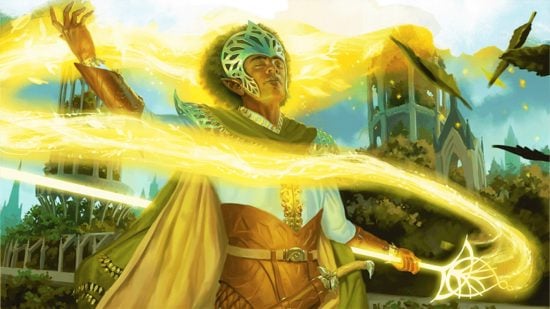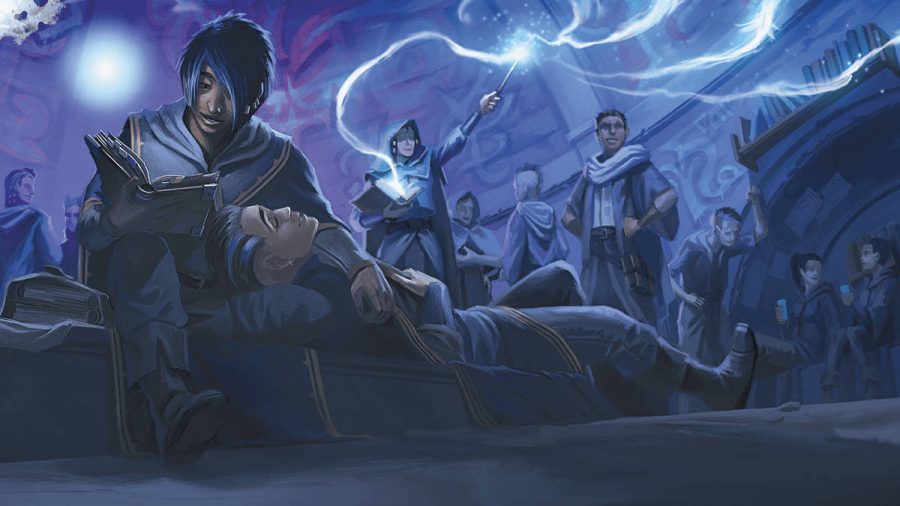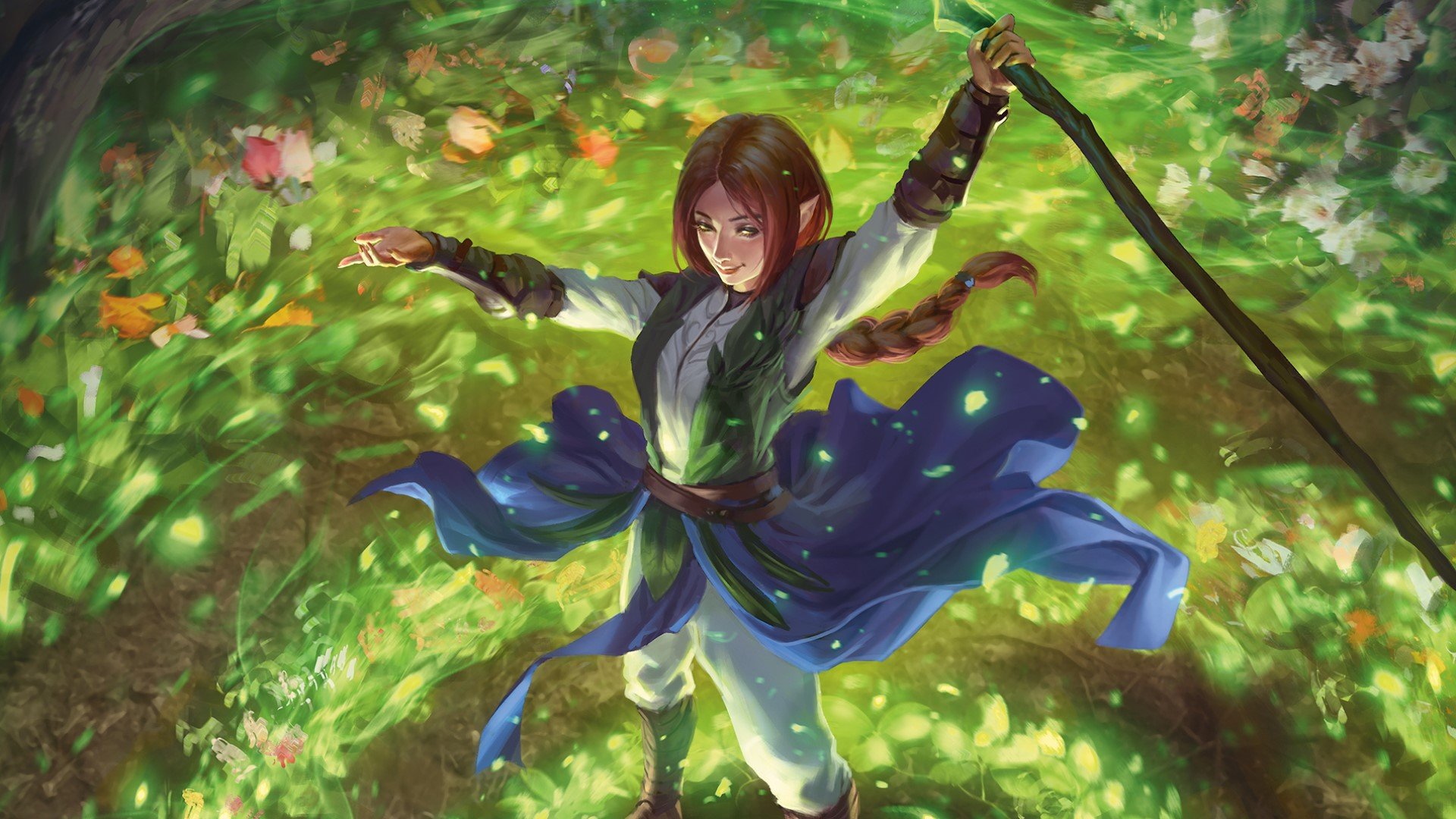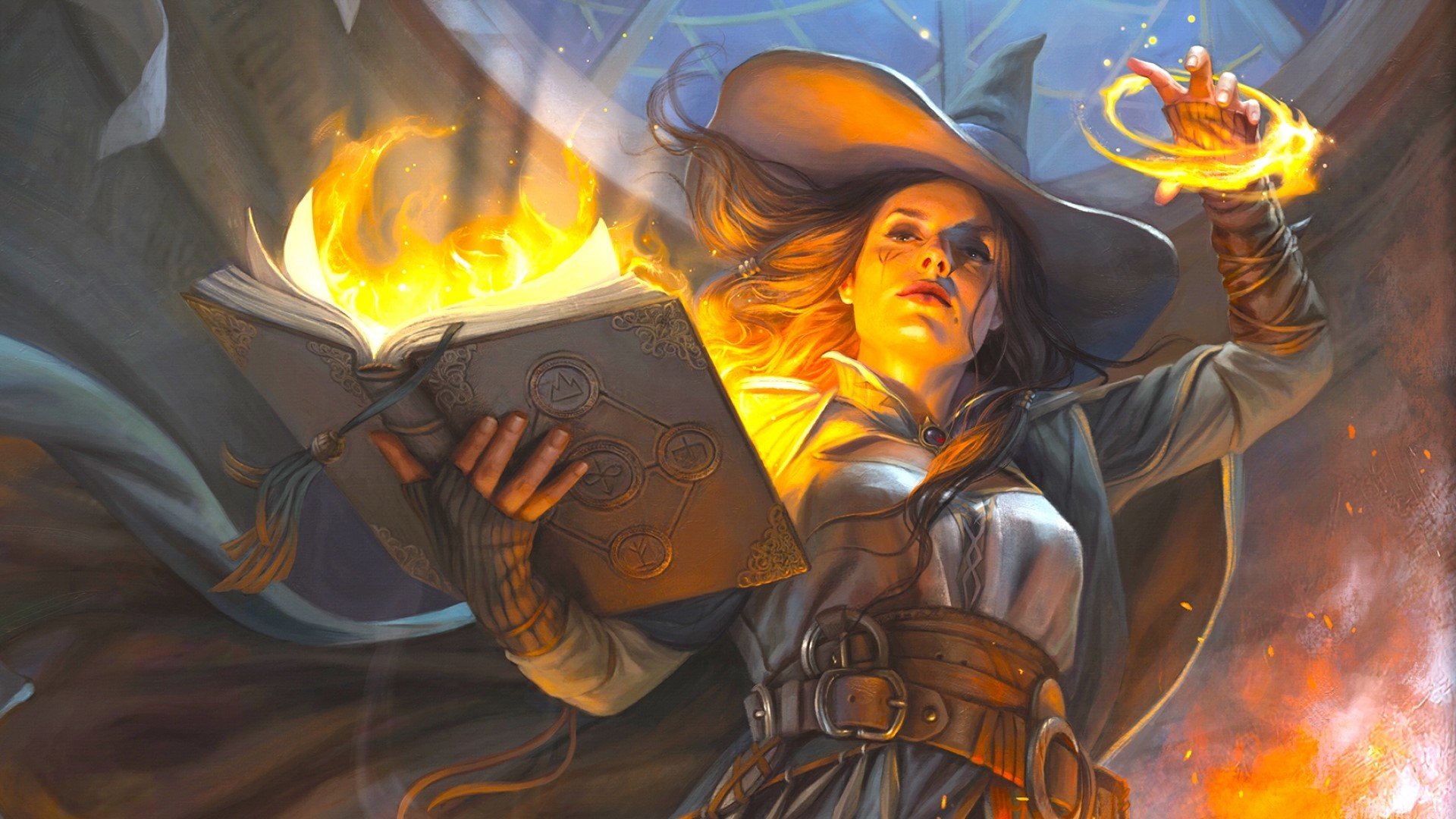Everyone needs a little helping hand from time to time, and Guidance 5e ensures spellcasters can do their bit in DnD. Able to boost a wide range of skill checks with a simple touch (and a bit of concentration), this is a cantrip with few rules and even fewer limits on its uses.
Of course, it’s not always the right time to cast the Guidance 5e spell, and not everyone has the luxury of buffing their pals at any given moment. It turns out you might need some guidance on Guidance after all. Worry not – here is all you need to know to put this cantrip to use (and give your party some handy skill check boosts).
Here’s everything you need to know about the DnD Guidance 5e spell:
Guidance 5e features
| Level | Cantrip |
| Casting time | One action |
| Duration | One minute (with concentration) |
| Range / Area | Touch |
| Attack / Save | None |
| School | Divination |
How to cast Guidance 5e
Guidance requires a verbal and somatic component, so you’ll need to wave those spellcasting arms and chant those spellcasting words for it to work. The only other thing you need is concentration. This means, to keep Guidance going, you need to avoid a few things that break your focus:
- Casting a new spell that requires concentration
- Falling incapacitated or being killed (for obvious reasons)
- Failing a Constitution saving throw when taking damage
- Becoming distracted by something in your environment (as ruled by the DM)
Guidance is cast when you touch a willing creature. This target can now roll a d4 and add the result to an ability check of their choice before the spell ends. Notably, the die can be rolled before or after making the ability check.
Who can cast Guidance 5e
If you plan to play a Cleric, Druid, or Artificer, you can have Guidance on your character sheet from your very first game session. Sorcerers of the Divine Soul subclass can also learn Guidance from first level, as they have access to Cleric spells through the Divine Magic feature.
If you really want, a Bard can also learn Guidance using the Magical Secrets feature. However, the earliest Bards can learn the cantrip is level six, and that’s only if they’re a Lore Bard.
Pros and cons of Guidance 5e
There are very few downsides to guidance. No spell slots or material components for a buff to all skill checks? Yes please. There’s literally no reason not to use Guidance as many times as possible.
One thing that may limit your trigger-happy Guidance finger, however, is the rulings of your Dungeon Master. One DM may let you add Guidance’s boosts to absolutely every check, but others may place limitations on the cantrip. For example, a DM may rule you can’t use Guidance to buff a skill check as part of a reaction.
Beyond this, the only real con of Guidance 5e is you won’t get much use out of it in combat. It doesn’t help boost saving throws or attack rolls, as these aren’t ability checks. Any skill checks that take place during combat are totally in your ballpark, but you won’t be able to make your Barbarian hit any harder.




